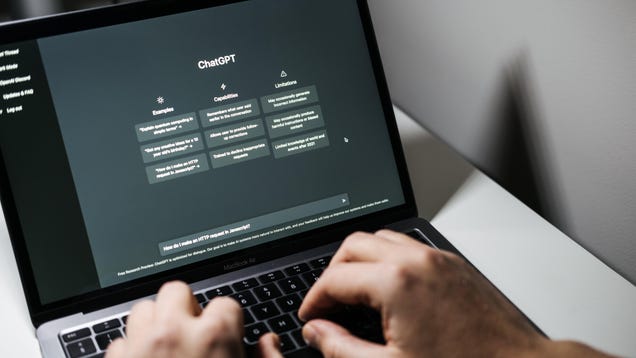Cybersecurity firm Obsidian has launched its SaaS security posture management (SSPM) solution with new security and compliance tools to help organizations manage third-party SaaS integrations.
The SaaS-based deployment will feature three primary modules including Obsidian Compliance Posture Management (CPM), Obsidian Integration Risk Management, and Obsidian Extend.
“Obsidian not only provides posture hardening and third-party SaaS integration risk management, but also offers threat mitigation for SaaS,” said Glenn Chisholm, chief product officer and co-founder of Obsidian. “It remains the only company in the SaaS security industry to deliver a unified solution that covers all aspects of SaaS security comprehensively.”
To read this article in full, please click here










